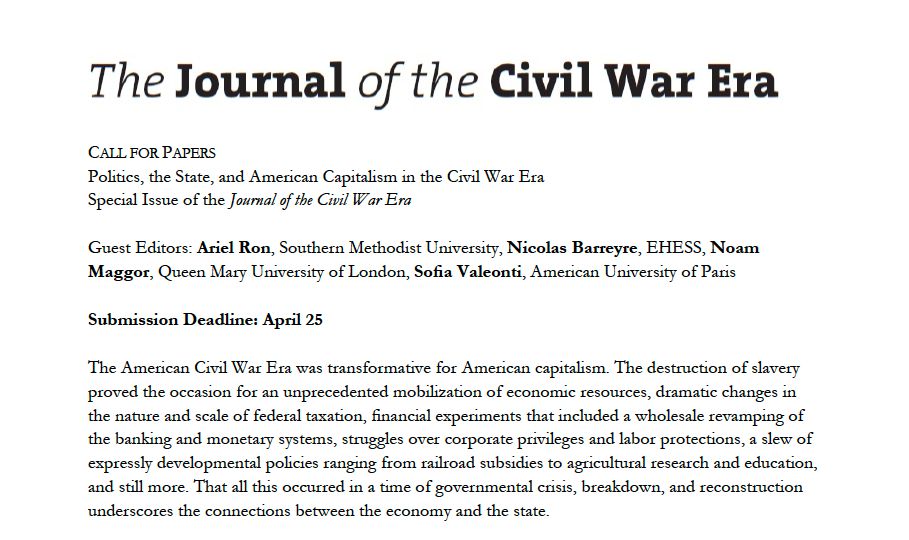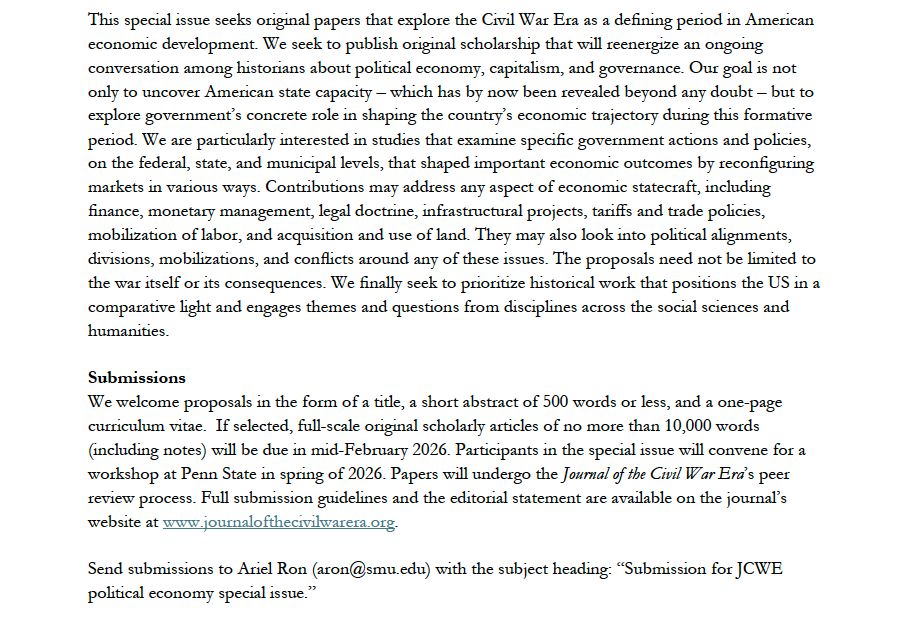Jennifer Withrow
@withrowjenny.bsky.social
1.3K followers
610 following
5 posts
she/her. Economic Historian. Views are my own. PhD UMass Amherst. https://sites.google.com/view/jennifer-withrow
📍Philly
Posts
Media
Videos
Starter Packs
Reposted by Jennifer Withrow
Reposted by Jennifer Withrow
Reposted by Jennifer Withrow
Reposted by Jennifer Withrow
Reposted by Jennifer Withrow
NBC4 Washington
@nbcwashington.com
· Apr 8

Your job or your kid? Federal worker moms say return-to-office order forced them to choose
After the Trump administration ordered federal workers to end all remote work and return to offices full-time, some parents say they feel forced to choose between their jobs and their families. Expert...
nbc4dc.com
Reposted by Jennifer Withrow
Reposted by Jennifer Withrow
Reposted by Jennifer Withrow
Reposted by Jennifer Withrow
Bitsy Perlman
@bitsyperlman.bsky.social
· Jan 31
Reposted by Jennifer Withrow
Reposted by Jennifer Withrow











